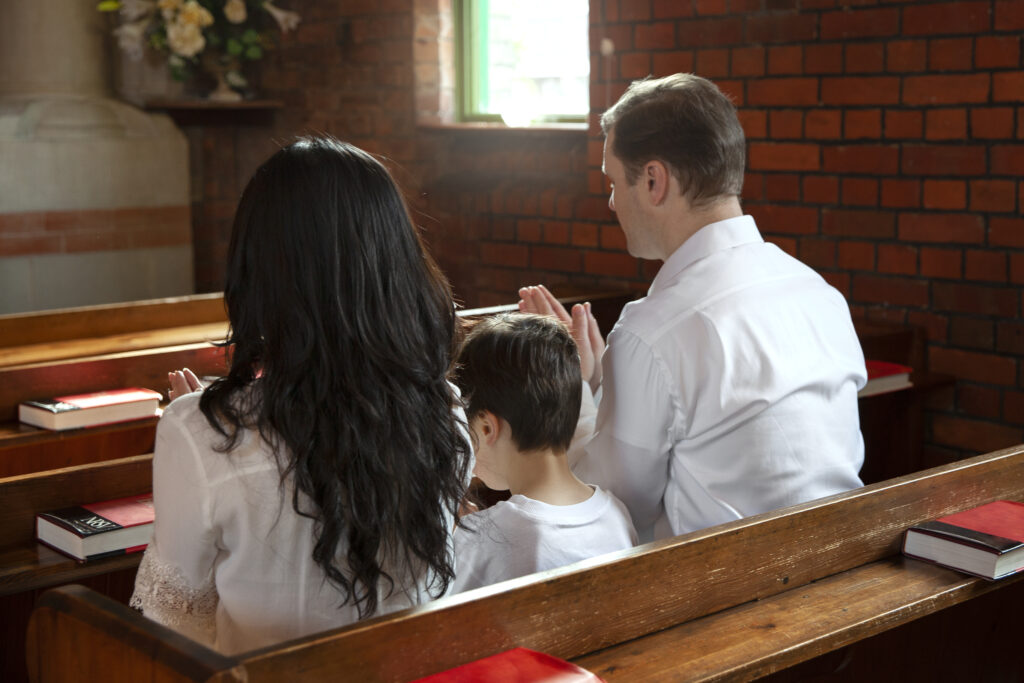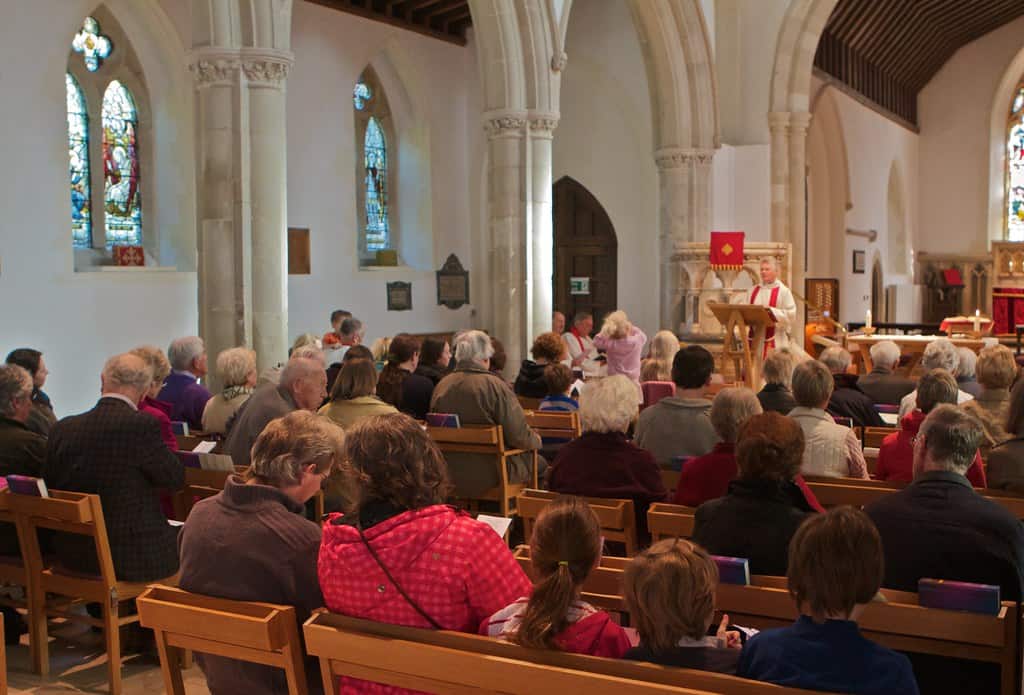More than two years into the COVID-19 pandemic, nursing homes have yet to recover from their losses. They are still living with the effects that COVID left in each community.
Data from the Centers for Disease Control and Prevention shows that more than 200,000 nursing home residents and care workers are estimated to have died from the coronavirus in the United States.
Aside from the death toll, one of the notable consequences of the pandemic is the critical mental health status of nursing home residents who in some cases could not see their family for as much as a year. This was due in part to how rigid the isolation rules were in the years 2020 and 2021.
Christianity Today details the aftermath of the pandemic on nursing homes:
“Nursing home residents would like to forget the isolation of the previous two years, but the new norms of post-pandemic life mean that a few infections might close home to visitors for a week, a month, or more. Before the pandemic, nursing home residents dealt with social isolation, but if norms from the pandemic lockdowns continue, they could be more isolated than ever. Some churches and ministries are responding to this new reality by expanding their work in nursing homes.”
Other information CT highlights concerns a survey conducted by Altarum, a nonprofit healthcare organization. It found that until October 2020, activities within homes — including religious services — were drastically reduced. CT continues:
Participation in three or more weekly activities inside nursing homes dropped from 58 percent of residents to 21 percent. After the pandemic, 76 percent of residents said they felt lonelier than usual, and 87 percent said they ate alone in their room. Before the pandemic, 68 percent said they ate in a dining room.
Financial problems were also starker for homes in the wake of COVID as many families removed their relatives from their residences for prevention purposes.
Read the entire article here.







